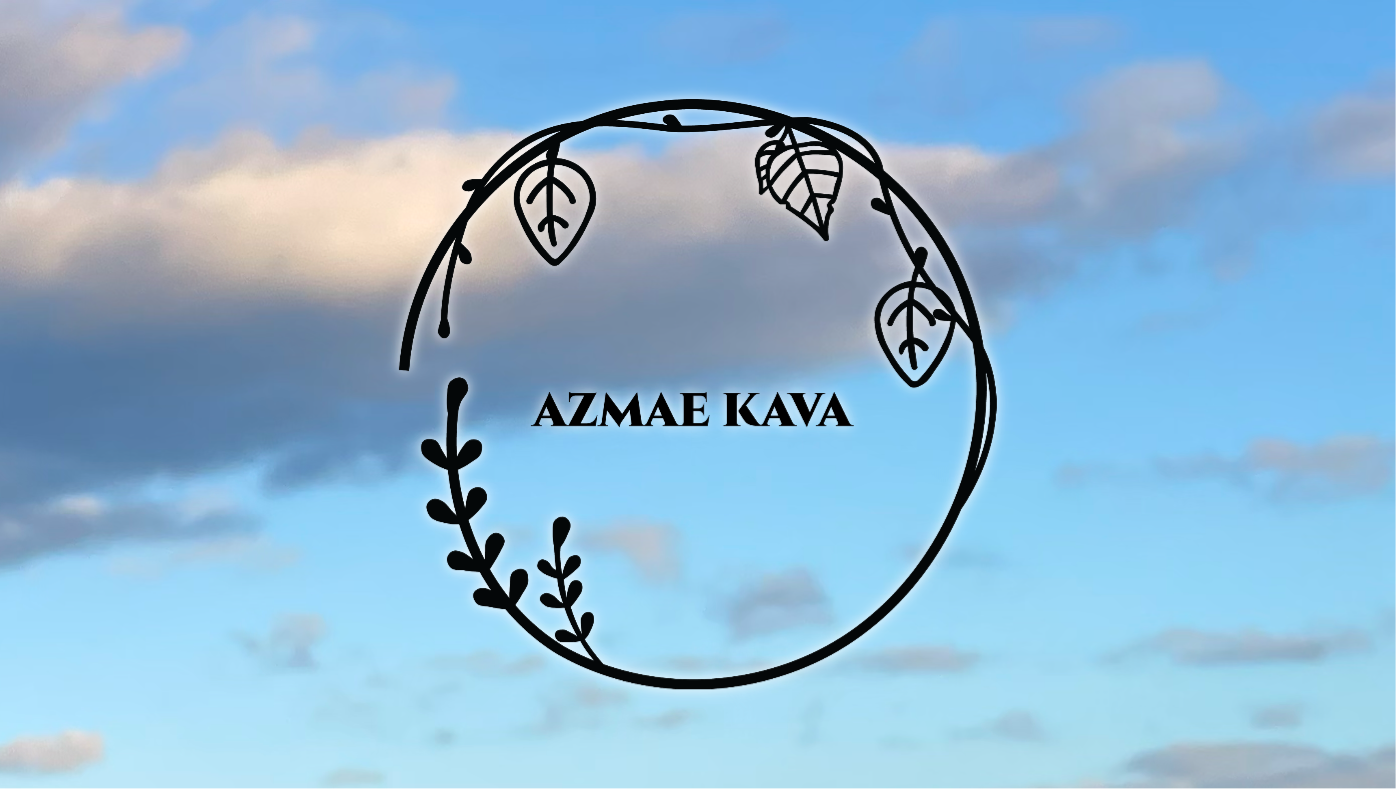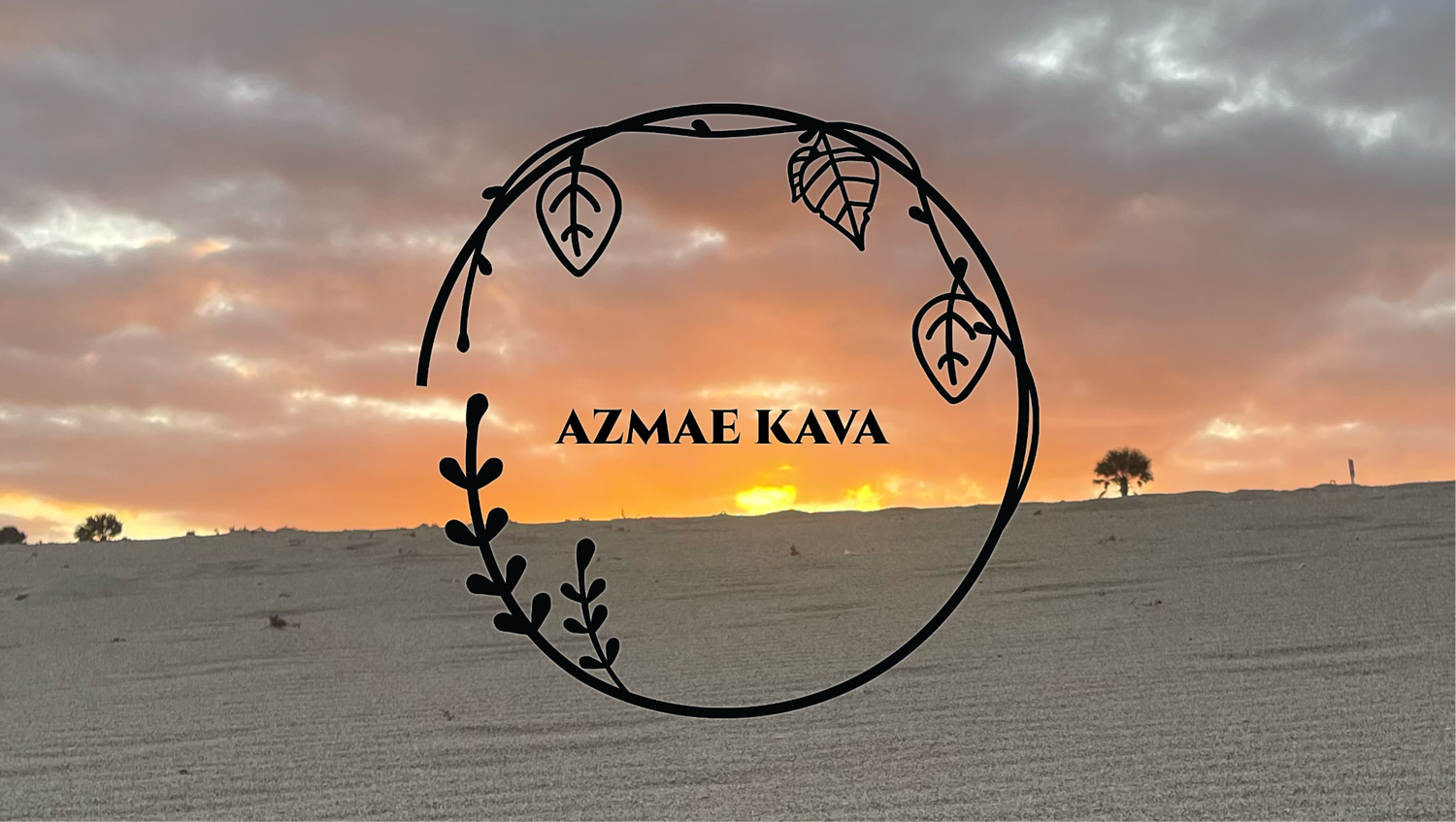Health Info
Kava is a beverage made from the root of the kava plant (Piper methysticum), which is native to the South Pacific. The active ingredients in kava are a group of compounds called kavalactones, which are responsible for the sedative and anxiolytic effects of the beverage.
The primary kavalactones found in kava include:
• Desmethoxyyangonin (DY)
• Dihydromethysticin (DHM)
• Yangonin
• Kavain
These kavalactones interact with the neurotransmitter GABA in the brain, leading to a decrease in neuronal excitability and an increase in relaxation. Additionally, some kavalactones have been shown to interact with other neurotransmitters, including dopamine and serotonin, which may contribute to the mood-enhancing effects of kava.
It is important to note that not all kava products contain the same amount and composition of kavalactones. The effects of kava can vary greatly depending on the specific cultivar used to produce the product and the methods used to extract the active compounds. Additionally, some kava products may contain other ingredients, such as starches and sugars, that can affect the overall chemical composition of the beverage.
In conclusion, the chemistry of kava involves the presence of kavalactones, which are responsible for its sedative and anxiolytic effects. The specific effects of kava depend on the composition and concentration of kavalactones, as well as the presence of other ingredients in the product.
The primary kavalactones found in kava include:
• Desmethoxyyangonin (DY)
• Dihydromethysticin (DHM)
• Yangonin
• Kavain
These kavalactones interact with the neurotransmitter GABA in the brain, leading to a decrease in neuronal excitability and an increase in relaxation. Additionally, some kavalactones have been shown to interact with other neurotransmitters, including dopamine and serotonin, which may contribute to the mood-enhancing effects of kava.
It is important to note that not all kava products contain the same amount and composition of kavalactones. The effects of kava can vary greatly depending on the specific cultivar used to produce the product and the methods used to extract the active compounds. Additionally, some kava products may contain other ingredients, such as starches and sugars, that can affect the overall chemical composition of the beverage.
In conclusion, the chemistry of kava involves the presence of kavalactones, which are responsible for its sedative and anxiolytic effects. The specific effects of kava depend on the composition and concentration of kavalactones, as well as the presence of other ingredients in the product.


